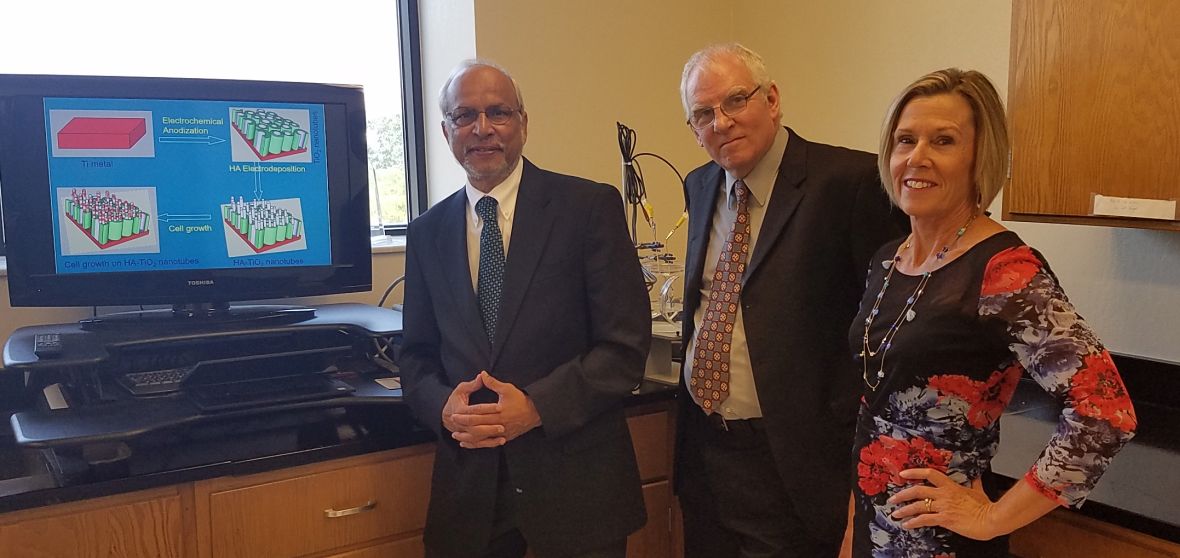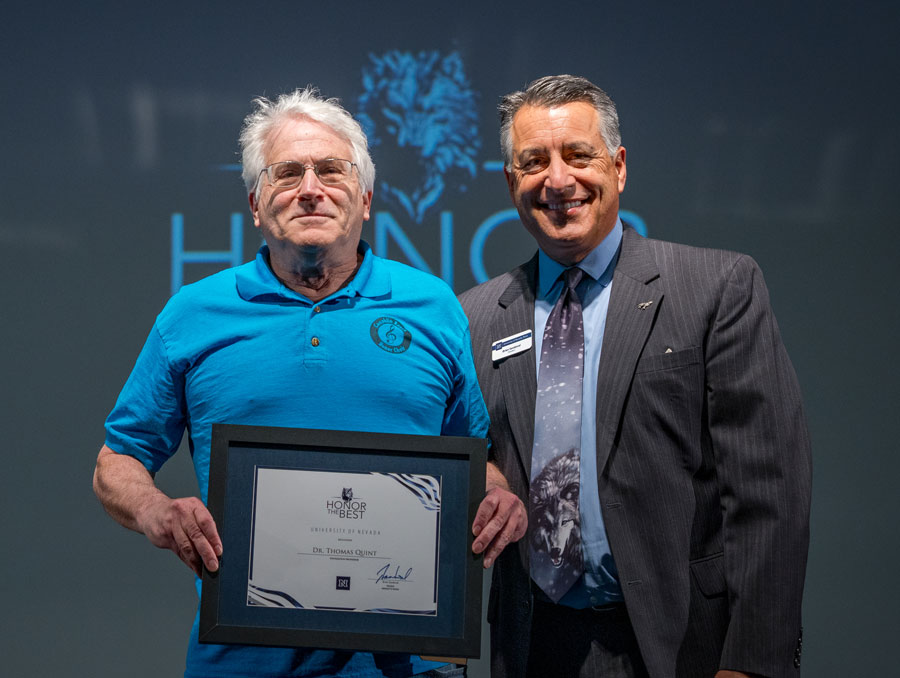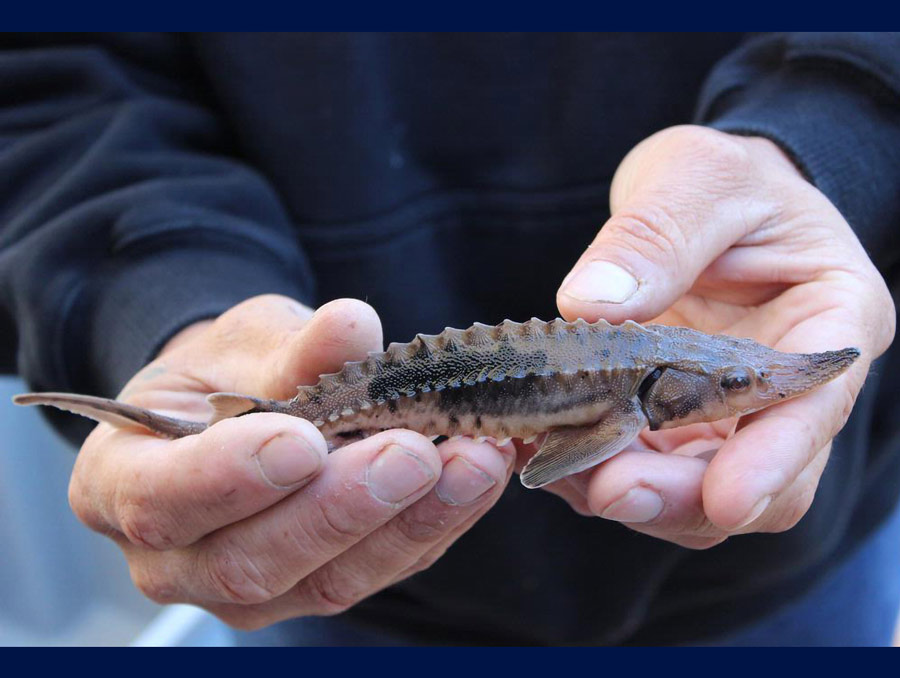Faculty and students conduct research and create knowledge through discoveries, some of which can be patented and commercialized. Once a patent application is filed for the discovery and is then peer-reviewed and published, can it be taken to the next level and made commercially viable? Does the University provide a mechanism for exploring that option?
Yes! Enter the University's Enterprise & Innovation office which provides technical expertise to protect and enable commercialization of the innovations produced via the research activities of staff, faculty and students.
"This past year the University's research expenditures totaled $106 million, and our faculty's research and development efforts result in 20 to 30 new inventions annually," Shannon Sheehan, manager for technology commercialization, said.
"Bringing discoveries into the marketplace is the way that university research benefits society," Ellen Purpus, assistant vice president for Enterprise & Innovation, said.
The Enterprise & Innovation team collaborates with faculty and researchers to create partnerships with companies that will turn research discoveries into products for the public benefit. This also serves the additional goals of further developing University research and infrastructure as well as contributing to regional economic development.
With Sheehan's support and expertise, a patented University research innovation developed through the College of Engineering in the mid-2000s is now licensed to be used by Nanovis, a nanotechnology company and leader in nanomedicine for the spine and for medical implants in the human body.
Medical implants are vital in many lives because they can replace missing body parts and the functions that come along with them. To avoid rejection by the host, the many implants must be composed of or coated in bioceramic materials. Many of the current methods to achieve this have several disadvantages, such as micro-cracks, phase changes due to high temperature exposure and non-uniformity in the coating density.
Researchers in the University's Department of Chemical and Materials Engineering developed an improved method to create a nanoporous metal-oxide surface for stronger bioceramic-coated apparatuses. The discovery by Professor Manoranjan Misra and former University researchers Krishnan Selva Raja and Archana Kar caught the attention of Nanovis and discussions began with the University to license the coating to them.
"We are delighted to work with the University of Nevada, Reno on this nanotechnology," Matt Hedrick, Nanovis CEO, said. "Adding ceramics to nanopores provides important capabilities to influence cells attaching to the surface and for drug delivery. This technology used in combination with our nanotube surface bolsters the superiority of our nanotube enhanced implants."
"We can control the length, the height, the pore openings and the pore volumes within the ceramic nanosurface," Misra, professor of materials science and engineering, said. "The sizes and shapes of the nanosurface pores can be changed so the ceramic coating releases drugs over a longer period of time, providing superior anti-infection properties."
Sheehan explained that the University owns and administers any research results produced by its staff and faculty. If this research results in a patent or other intellectual property, the University can license the rights to use that technology to companies, including faculty-created spinouts. Companies then can develop products and services to benefit the public.
Faculty and staff who believe their research could have applications in the marketplace are encouraged to contact Sheehan to begin the process. Faculty and staff are asked to fill out a brief Disclosure Form that gives the University authority to take their research forward, check it against similar research that may have already been patented and gauge industry interest. Sheehan says he consults with faculty and staff regarding their discoveries and solicits their opinions on possible applications in the marketplace and companies that may have shown an interest in their research.
These enterprise and commercialization services are part of Research & Innovation at the University. For more information on commercial possibilities for your research, contact Sheehan at ssheehan@unr.edu or at (775)784-7721.












